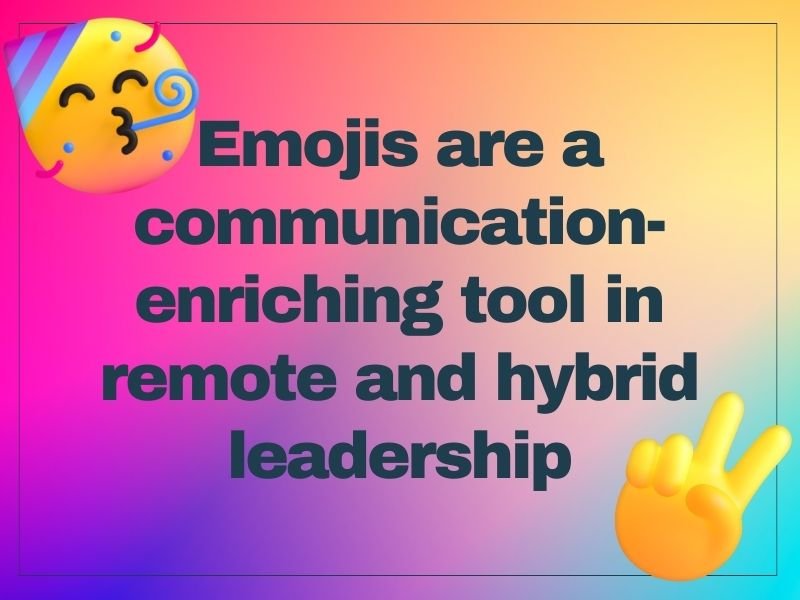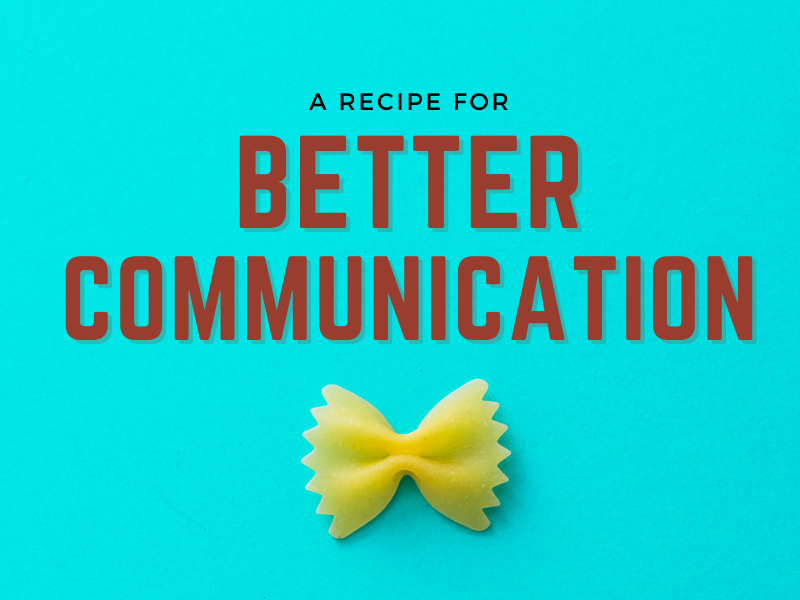Of all the habits and tools that can make a leader’s written communication more likely to build trust, connection and Psychological Safety in their team, emojis are no doubt one of the most impactful.
With just a few symbols you can convey the emotional tone you want, making up for the lost emotional subtext when facial expressions, intonation, and gestures are stripped away. And the effect is surprisingly powerful: a recent paper in the journal Behaviour and Information Technology found that “the use of emoji faces in computer-mediated communication produces neural responses that are similar to those that are observed in face-to-face communication.”
Let’s look at some concrete examples of how this works. Imagine you’ve received the messages below from your lead:

You may notice that they’re a little blunt, like maybe the sender is somehow annoyed or displeased?
Let’s see what happens when we add in one of the most versatile emojis around: the sweat smile.

As you can see, the tone becomes more light and playful—something that says: “Hey, we’re on the same side here.” Compared to the previous messages, these are far more likely to receive a constructive response. What’s more, they signal to the other person that you respect them and care about the relationship, both of which are crucial factors in leading someone successfully.
Of course, if you’ve never used emojis in a work context before, it may not be obvious how you can get started. You may even feel anxious about it. What if you get it wrong? Say you want to tell someone you enjoyed some delicious aubergine for lunch, but then the conversation takes on an unexpectedly strange tone?
In general, it’s best to start with simple and safe smiling faces, such as 😊😅& 🥳. Make your intent as unambiguous as possible, and avoid irony—it’s so easy to misunderstand, and misunderstandings are the very thing you’re trying to avoid.
The good news is that when you start using emojis in your text, you’ll start receiving more of them in return too, and this helps you pick up the prevalent style. And if someone uses an emoji you don’t understand, search for it online or just ask the person what they meant—there’s no shame in that either.
This learning journey will continue throughout your career, because typically, every company and team has its own unique, constantly evolving emoji culture.
And finally, do yourself a favor and look up the keyboard shortcut for inserting emojis wherever you need them. This makes it much faster and less arduous to use them, which in turn makes it more likely that you actually will.











